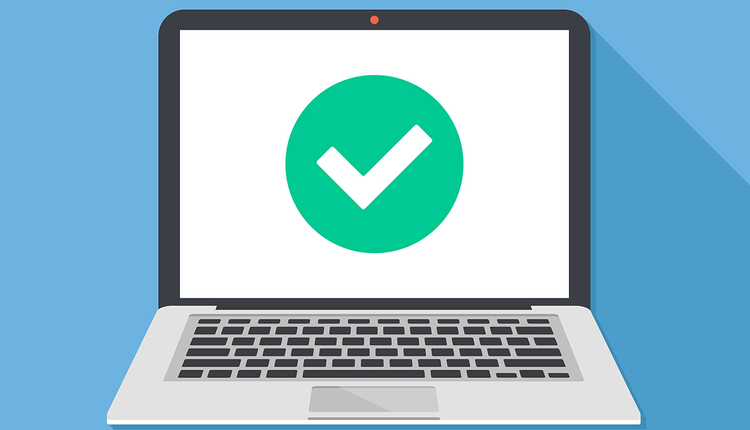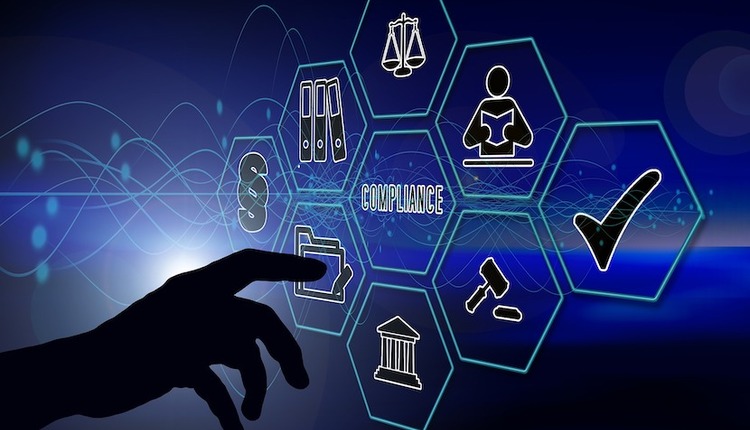On August 24, 2012, President Obama issued a memorandum regarding the management of government records, citing the need for reformation of the policies, practices and framework that would bring about a more modern way to manage government records.
The joint memorandum from the Office of Management and Budget and the National Archives and Records Administration to the heads of executive departments and agencies and independent agencies cites that “records are the foundation of open government, supporting the principles of transparency, participation, and collaboration. Well-managed records can be used to assess the impact of programs, to improve business processes, and to share knowledge across the Government. Records protect the rights and interests of people, and hold officials accountable for their actions. Permanent records document our nation's history.”
In part one of the memorandum, it outlines the two goals of the directive for federal agencies to achieve. The first is the requirement to eliminate paper use and the move to electronic recordkeeping wherever possible, including email, which is to be maintained in an “accessible” electronic format. It is expected that by December of 2013 all agencies will have developed and begun to implement a plan to move in this direction, with some indications that consideration will be given to digitizing current permanent records like those found in paper and micrographic formats.
The one thing that really stood out for me in all of this is the second of the two goals, which describes areas of accountability and responsibility. This section mandates that there must be designated personnel with specific credentials who will be responsible to ensure everything is carried out appropriately. However, it is the instruction following this, titled “Agencies Must Establish Records Management Training,” that really hit home for me. Here it cites that “by December 31, 2014, all Federal agencies must establish a method to inform all employees of their records management responsibilities in law and policy, and develop suitable records management training for appropriate staff.”
This is the most significant element for me because all of the policies, practices, and technologies you can think to use will not deliver the expected results unless everyone is informed, trained, and engaged in the program. If the human factor is not included in the equation, there is higher chance and risk of failure. In my view, this memorandum clearly demonstrates the need and benefit of not only moving to a more modern way of managing records and information but also the role of the individual contributor in order to succeed. This does not mean every employee has to be an expert in records management, but it does show how important it is that they are aware and trained to participate appropriately at every level. This is an example of what commercial businesses should also consider, whether in healthcare, finance, legal or any other business practice. I encourage you to read through this memorandum. It is a brief one but holds a lot of important information and valuable insight I think is appropriate for all.
*The conclusion of this column will appear in the DOCUMENT Fall/Winter Digital Issue.
The joint memorandum from the Office of Management and Budget and the National Archives and Records Administration to the heads of executive departments and agencies and independent agencies cites that “records are the foundation of open government, supporting the principles of transparency, participation, and collaboration. Well-managed records can be used to assess the impact of programs, to improve business processes, and to share knowledge across the Government. Records protect the rights and interests of people, and hold officials accountable for their actions. Permanent records document our nation's history.”
In part one of the memorandum, it outlines the two goals of the directive for federal agencies to achieve. The first is the requirement to eliminate paper use and the move to electronic recordkeeping wherever possible, including email, which is to be maintained in an “accessible” electronic format. It is expected that by December of 2013 all agencies will have developed and begun to implement a plan to move in this direction, with some indications that consideration will be given to digitizing current permanent records like those found in paper and micrographic formats.
The one thing that really stood out for me in all of this is the second of the two goals, which describes areas of accountability and responsibility. This section mandates that there must be designated personnel with specific credentials who will be responsible to ensure everything is carried out appropriately. However, it is the instruction following this, titled “Agencies Must Establish Records Management Training,” that really hit home for me. Here it cites that “by December 31, 2014, all Federal agencies must establish a method to inform all employees of their records management responsibilities in law and policy, and develop suitable records management training for appropriate staff.”
This is the most significant element for me because all of the policies, practices, and technologies you can think to use will not deliver the expected results unless everyone is informed, trained, and engaged in the program. If the human factor is not included in the equation, there is higher chance and risk of failure. In my view, this memorandum clearly demonstrates the need and benefit of not only moving to a more modern way of managing records and information but also the role of the individual contributor in order to succeed. This does not mean every employee has to be an expert in records management, but it does show how important it is that they are aware and trained to participate appropriately at every level. This is an example of what commercial businesses should also consider, whether in healthcare, finance, legal or any other business practice. I encourage you to read through this memorandum. It is a brief one but holds a lot of important information and valuable insight I think is appropriate for all.
*The conclusion of this column will appear in the DOCUMENT Fall/Winter Digital Issue.















